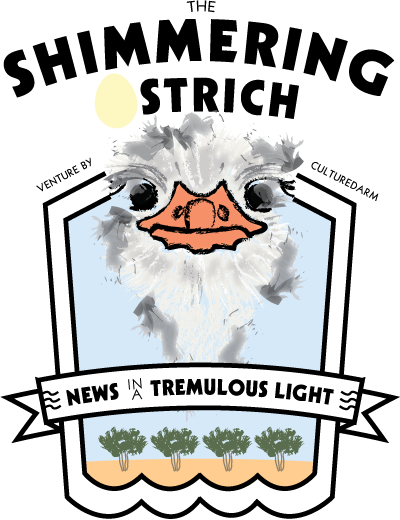
Archaeologists continue to quarrel over the construction of the pyramids, and the distinctive shape of the Matterhorn has taken a million years to complete. But what conceit of engineering, or what tectonic shift, has robbed us of our humble Toblerone, bars of nougaty chocolate in triangular peaks?
In fact neither the Alps nor the Egyptians dictated the shape of the Toblerone, the bar’s creator, Theodor Tobler, inspired by the pyramidal dancers of the Folies Bergère. While the Alps began to form 300 million years ago, Toblerone was first introduced in 1908.
Today the brand is owned by Mondelēz International, who have taken the unusual step of defacing what is neither a natural nor epochal but certainly a pop-cultural landmark. Reducing the weight of its 400g and 170g bars in the United Kingdom, ostensibly in response to rising production costs, Mondelēz has opted to lengthen the space between chunks of chocolate, leaving a barren terrain by way of unseemly gaps.
Where milky peaks once appeared in quick succession, now you must traverse wide distances before reaching another satisfying bite. It is unclear whether cocoa prices or currency rates are behind the change, and Mondelēz has denied any connection to Brexit, suggesting its plans were in motion well before June. But the remodelled bars have hardly been well received, with consumers willing to pay extra for an old favourite, or otherwise demanding a more compact treat.
It is clear that airports will never be wandered with the same air of anticipation, nor Christmases celebrated with a honey-almondy tongue. The new bars look cheap and leave a sense of violation, and besides the added air spoils the familiar mouth taste. If this is the state of things, why look to the Swiss for our chocolate? A new British bar should be forged from the dung and peat of our fields.





